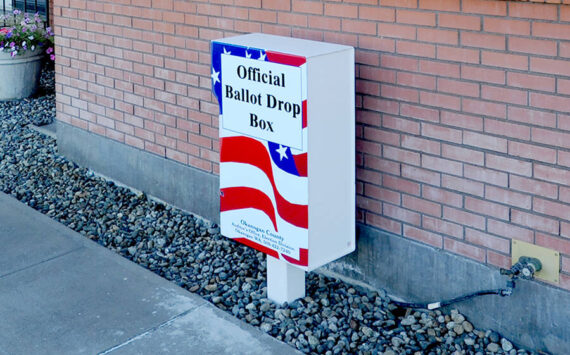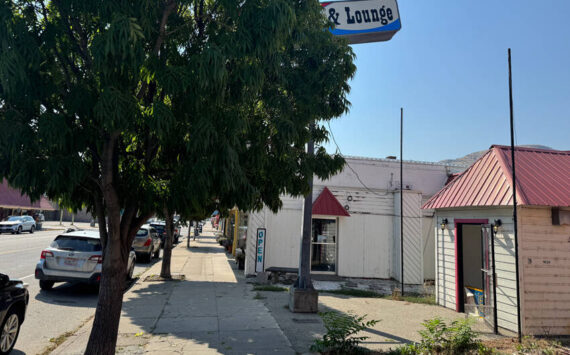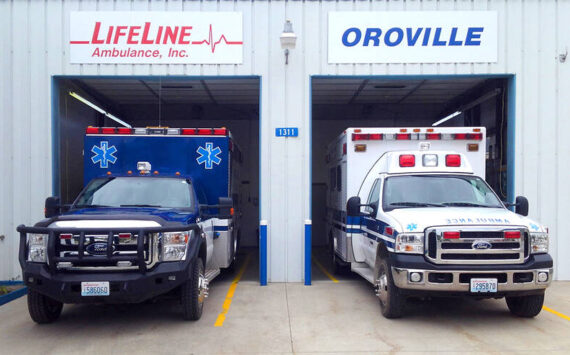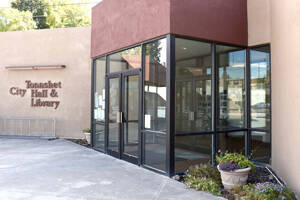OROVILLE – The Oroville City Council met on June 17 and discussed the Zoning Code Updates with Oroville City Planner Kurt Danison.
Mayor Ed Naillon, who had expressed concerns about the size of the changes to the Accessory Dwelling Units section, wanting to make sure that building codes needed to be followed, asked Danison to clarify the size being allowed.
“If it is an attached accessory dwelling unit, you’ve added on to your home to add an apartment or whatever, that has to be a minimum of 190 square feet. But it is limited to 35 percent of the floor area of the primary structure,” said Danison.
“Is that the minimum or the maximum?” followed up the mayor.
“That’s the maximum. Minimum 190, maximum 35 percent of the primary structure,” replied Danison. “Another change, if it is detached, it is 300 square feet minimum.”
Mayor Naillon said this was what he and the council were having a hard time finding in the draft… “what the square footage was for detached, so thank you.”
Danison said the Oroville Planning Commission took a lot of the dimensional standards that were originally listed with each zone and rather than having to modify each they now refer to a table in the plan.
Using Table 2 as an example, Danison said, “It provides minimum lot size, front, side and rear yard setbacks and maximum lot coverage. And this is an example in the R1 Zone that the mayor was really concerned about. In the R1 Zone, you can only cover 35 percent of your lot with a structure and so you know you might have a 4,000 square foot house on an 8,000 square foot lot. You’re basically already 50 percent; you wouldn’t be able to add another structure. Because you’d be over the maximum lot size.”
He went on to say there are several factors that are at work.
“It also provides the number for the maximum density in the zone. The only way you can meet that kind of density is by going through a planned developer. I don’t know if we will see any of those or not. We might, but I doubt we will see that in a residential neighborhood like that. The properties aren’t big enough,” said the planner.
He said there was also a District Use Chart in the updated plan.
“It is many, many pages long and basically what it says is what’s allowed in every zone. One of the things you’ll see is that group homes and those sorts of things in the draft were originally a Conditional Use in the R1 Zone; we’ve changed that to prohibited in the R1 Zone. They didn’t seem appropriate… I don’t know if there are any more boarding homes around. There used to be one in Tonasket called Mrs. Iver’s and when I first moved there in the early eighties, there were several people I worked with in the Forest Service who lived at Mrs. Iver’s. If you read the definition, they provide food and board and I don’t think we have any in Oroville and I don’t think we will have any in Oroville, but if we do it may not be appropriate in the R1.”
Danison asked if there were any other questions or issues.
“I feel like through the conversations we’ve had we’ve come up with a result and code that fits our new needs but still protects the rights of people in the existing zones. So, I really appreciate the hard work that you guys have done. I feel like it fits the complexion, and the R1 Zone is going to be protected… so it will still have the residential feel,” said Mayor Naillon.
The mayor asked if they should proceed with adopting the code. Danison said there needed to be an ordinance passed first and he could contact the city attorney to have one drawn up.
Naillon entertained a motion that the ordinance be drawn up and it received a first and second and passed unanimously.
In other business, the mayor and council looked at the draft of a new map being prepared to go on the south side of the Tourism Kiosk erected by the Okanogan County Tourism Council. There were many positive comments and only a few request for changes.
In Department Head Updates, Police Chief Gary Hirst requests the city buy a patrol vehicle to replace one of their current vehicles.
“Here in the last four or five months, the white Ford Explorer that we have started to have some issues,” said Chief Hirst. “I didn’t get a finalized quote, but I was told I am probably looking at about $5,000. We’ve had it since 2011 and I didn’t think putting $5,000 into it was a feasible thing to do.’
Hirst said the department still had the two Dodge Chargers the city purchased four years ago and they are the department’s backup cars.
“What I realize with using those for everyday patrols, they start nickel and diming us to death. So, it’s just a bunch of small stuff that starts to add up. With that being said, I was contacted by the East Wenatchee Police Department and they have a 2015 Ford Explorer, I believe they said it has 86,000 miles on it. They offered it to us and I said I’d have to bring it to my council to talk about. They’re wanting $8,000 for it. Considering the price of a new patrol car you’re about $80,000.”
The mayor asked how many miles the city’s old patrol car had and Hirst said over 100,000 miles.
“The thing is you put $5000 into it, what’s going to go wrong next?” asked the police chief.
Hirst said the patrol vehicle being offered by East Wenatchee PD has had few maintenance issues and was “one of the better patrol cars they’ve had. Hirst said it comes fully equipped with all the necessary equipment.
“If you have to get it installed, that’s probably 20 or 30 thousand dollars,” said Hirst.
Mayor Naillon asked Oroville City Clerk/Treasurer JoAnne Denney if the money was in the police budget.
“What I would like to recommend is that you have $3,600 in the police vehicle reserve. I think we should use $2,500 or $2,000 out of the reserve and the difference out of their budget and they have it,” said Denney.
A motion and second was made to make the purchase and it carried unanimously.
Hirst said he would like to offer a patrol position to a lateral hire with a signing bonus, rather than pay for hiring someone who has to be sent to the academy. The person Hirst has in mind has 24 years of experience.
A motion to allow Hirst to proceed with offering the position to the lateral hire.
The Oroville City Council meets on the first and second Tuesday of each month at 7 p.m. The next meeting will be on July 1 in the council chambers at city hall.








